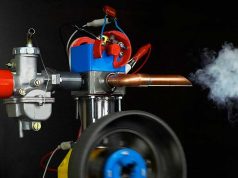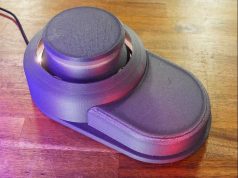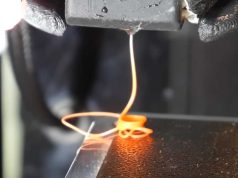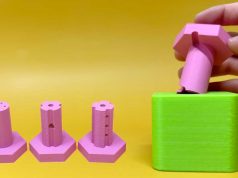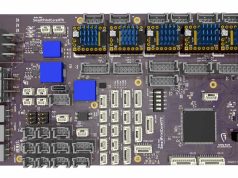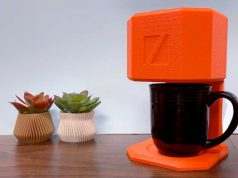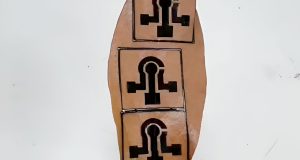When 3D printing complex objects, the challenge often arises of joining individual components into a whole later on. Instead of expanded fits, adhesives or threads, inventor Richard Sewell takes a different approach: he joins the components using heat staking.
In this process, also known from injection-molded parts, a plastic pin protrudes slightly beyond the joint. With a targeted application of heat, the peg is then liquefied, expands and anchors the components together as it cools. According to Sewell, this also works very well with 3D printed parts.
A soldering iron is used as a tool to apply heat to the pin at specific points. To prevent damage to the piston, Sewell recommends a layer of Kapton tape. Heat staking offers several advantages over conventional fasteners: There is no need for additional fastening material, the parts can be separated more easily and the pressure layers can be optimally aligned to the respective functional load.
Sewell’s approach seems particularly worthwhile for applications in which high tensile or shear forces have to be overcome. It could expand the modular principle of 3D printing with an efficient and elegant joining technique.
Swell published his tests, detailed instructions and 3D models for heat staking free of charge on GitHub.
Subscribe to our Newsletter
3DPresso is a weekly newsletter that links to the most exciting global stories from the 3D printing and additive manufacturing industry.






